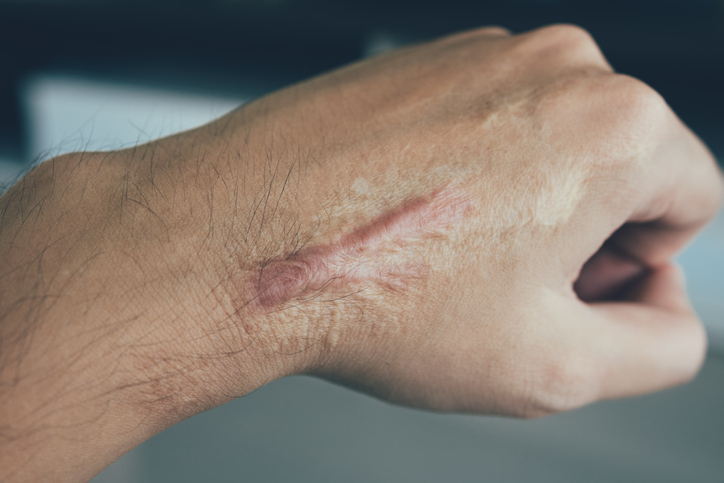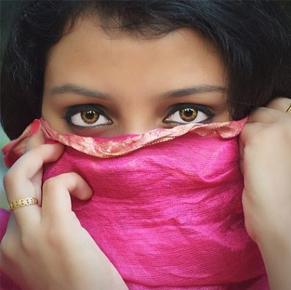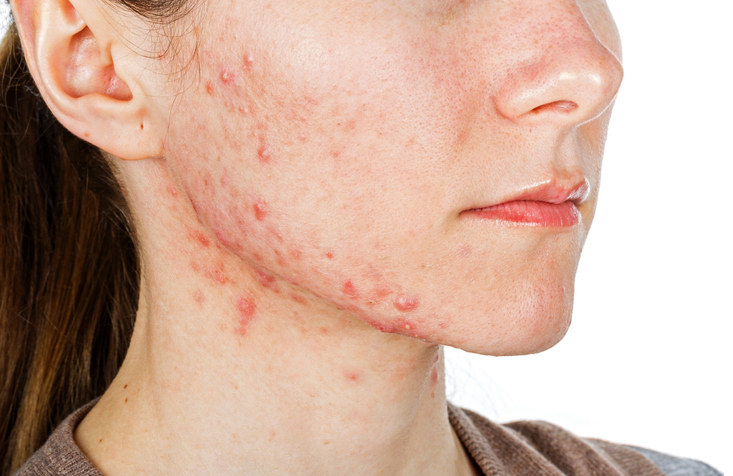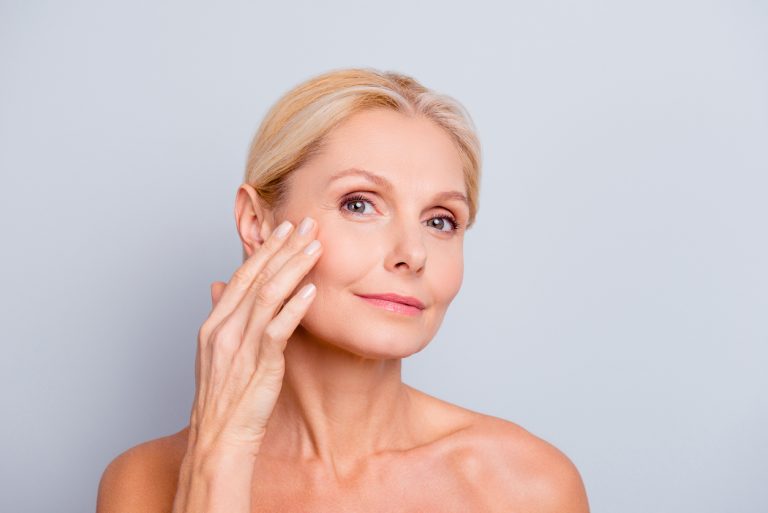
Scar Wars: A Guide to Battling Blemishes and Marks
While all scars are a natural part of the healing process, some may be more visually unappealing than others, leading to a desire for their removal or improvement.
Dr Michael Rich is a specialist dermatologist who has been performing tumescent liposuction for over 30 years. Find out if Liposuction is suitable for you at ENRICH Clinic.
At ENRICH Clinic, we have a wide range of dermatological and cosmetic body treatments tailored to individual body and patient needs.
At ENRICH Clinic, our treatments are performed by our medical team consisting of doctors, nurses, and dermatologists and are tailored to each patient’s skin health needs.
ENRICH Clinic is committed to your skin health and well-being with a range of dermatological & cosmetic treatments tailored to the individual. Our treatments are performed by our medical team consisting of doctors, nurses, and dermatologists.
Skin health is essential for everyone. ENRICH Clinic has a wide range of technologies and dermatological solutions to help you achieve your skin care goals.
 We take a look at your acne scar treatment options.
We take a look at your acne scar treatment options. Precise categorisation of acne scars is still under some debate in the dermatological community, but there are three main types: icepick (more deep than wide), boxcar (wider than deep with distinct edges), and rolling scars (if stretched, become smooth).
Rolling atrophic acne scars are the most common and are likely caused by a process of inflammation that occurs inside acne that degrades collagen fibres and fat in the skin. This creates the classic depression found in acne scarring.
Acne scars may be a combination of types and contain textural irregularities, pigmentation, raised parts, redness, borders or other irregularities. The characteristics of a scar determine the way it’s treated, but we also consider the patient’s age, skin type, and the type and nature of the scars.
Laser resurfacing as an acne scar treatment is the most commonly performed intervention for acne scarring, but resurfacing can include chemical peels and ablative resurfacing too. The point is to blend the scar in with surrounding skin, essentially flattening it out. Dermabrasion can be useful when treating rolling and superficial boxcar acne scars, but dermabrasion takes a great deal of skill, so has been largely overtaken by energy based resurfacing techniques.
Energy devices for acne scar treatment may include the CO2 laser and the erbium YAG lasers. Treatment with lasers aims to remove the scar edges, then treat and tighten skin. Laser skin resurfacing might include ablative or nonablative techniques. Fractional resurfacing can be a great adjunct to traditional ablative resurfacing in a less invasive fashion, however acne flare-ups may occur during healing after fractional laser acne scar treatments.
Pulsed dye lasers can flatten and reduce the volume of lumpy scars, and can improve skin texture and reduce redness. Multiple treatments are always necessary for best results.
Subcision is an acne scar treatment technique that uses a special, closed (not hollow) needle that releases fibrotic scar bands, effectively releasing the tight bands that hold the tissue taut inside an acne scar. This allows new collagen to be produced underneath the scar, lifting and smoothing the skin. This is a useful technique for rolling scars.
Micro subcision is the same idea, but uses a standard needle used to release scars, creating a space which can be filled with filler to raise the scar bed.
Some scars respond very well to being literally cut out, since the scar from the cut is new, fresh, and easily completely healed, compared with the older acne scar, which is set in its place. There are several types of excision.
Icepick scars (deeper than wide) may respond well to certain chemical peels as a reconstruction effort.
Dermal fillers are offering important nonsurgical techniques for acne scar treatment while also improving skin texture. There are several techniques for dermal filler acne scar treatments, which will depend on the type of scar being treated. Dermal fillers act as both a volume-enhancer but also stimulate collagen and elastin production to remodel scars. Dermal fillers can be absorbable or nonabsorbable.
Fat transplantation can be suitable for acne scars where there has been a loss of fat.
Treat your acne scars at our Melbourne clinic.
Contact us
*With all surgeries or procedures, there are risks. Consult your physician (GP) before undertaking any surgical or cosmetic procedure. Please read the consent forms carefully and be informed about every aspect of your treatment. Surgeries such as liposuction have a mandatory seven-day cooling-off period to give patients adequate time to be sure of their surgery choice. Results may also vary from person to person due to many factors, including the individual’s genetics, diet and exercise. Before and after photos are only relevant to the patient in the photo and do not necessarily reflect the results other patients may experience. Ask questions. Our team of dermatologists, doctors and nurses are here to help you with any of your queries. This page is not advice and is intended to be informational only. We endeavour to keep all our information up to date; however, this site is intended as a guide and not a definitive information portal or in any way constitutes medical advice.
"*" indicates required fields
Combining Dr Rich’s dermatological skill with his knowledge of restorative skin regimes and treatments, the ENRICH range is formulated to help maintain and complement your skin. Our signature Vitamin C Day & Night creams are now joined by a Vit A, B,&C Serum and a B5 Hyaluronic Gel, both with hydration properties and much, much more.

While all scars are a natural part of the healing process, some may be more visually unappealing than others, leading to a desire for their removal or improvement.

Not sure if the bumps on your face are hormonal acne or not? You’ve come to the right place.

You’re having flare-ups, but you think you’re too old to have acne. Or are you? We distinguish between the myths and the facts and explain adult acne in detail and provide some useful tips on how to treat adult acne.

Menopause is a process that will happen to all women at some point in their life. It is the time when you stop experiencing your monthly period, and it is most often the end of the reproductive lifecycle.
Subscribe to the ENRICH newsletter and receive latest news & updates from our team.
Enrich Clinic acknowledges the Traditional Lands of the Wurundjeri Woi Wurrung and Bunurong peoples of the East Kulin Nations on which we work and trade. We pay respect to their Elders past, present and emerging. We extend our acknowledgement and respect to the LGBTQIA+ community who we welcome and support. Read our full Acknowledgement Statement here
